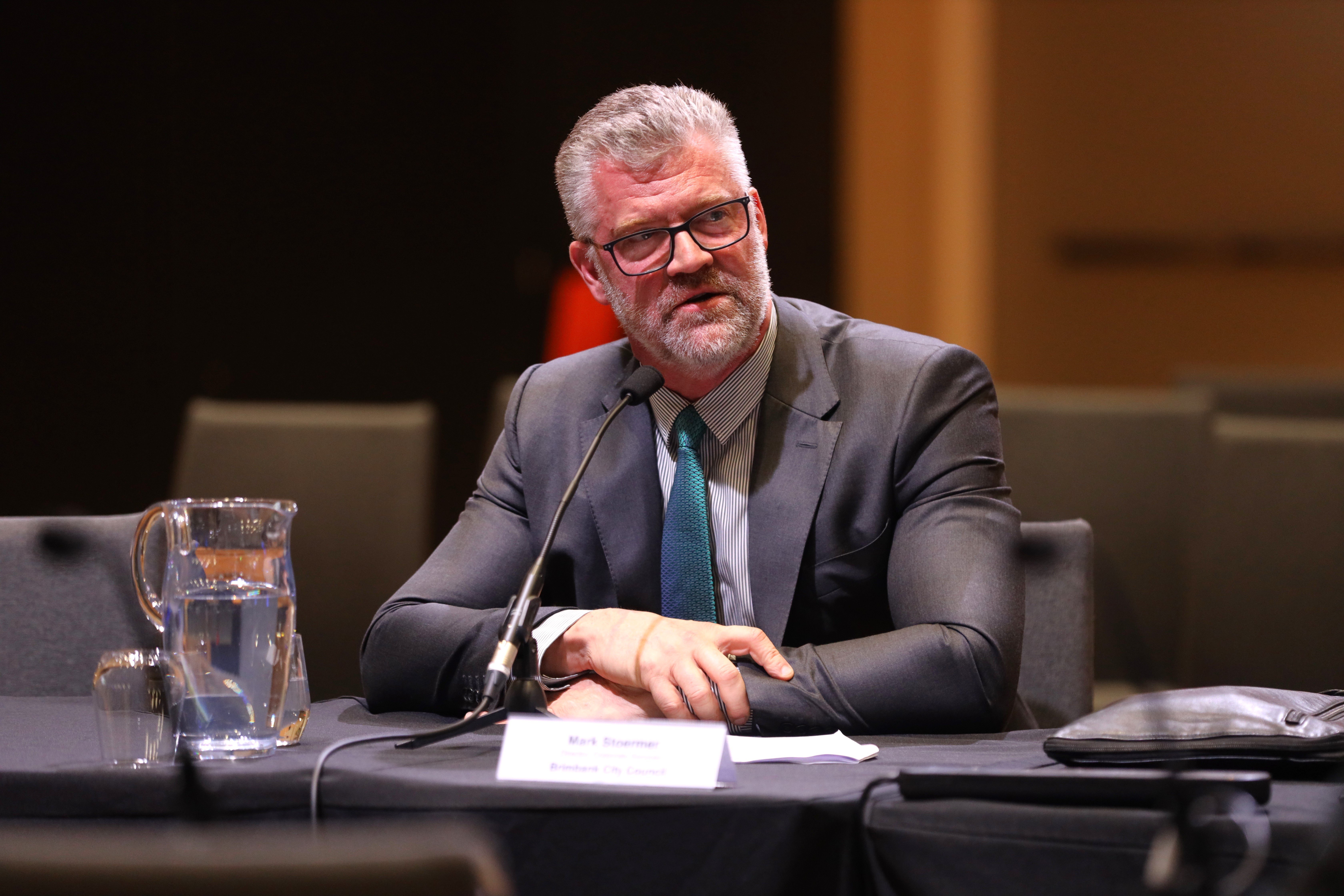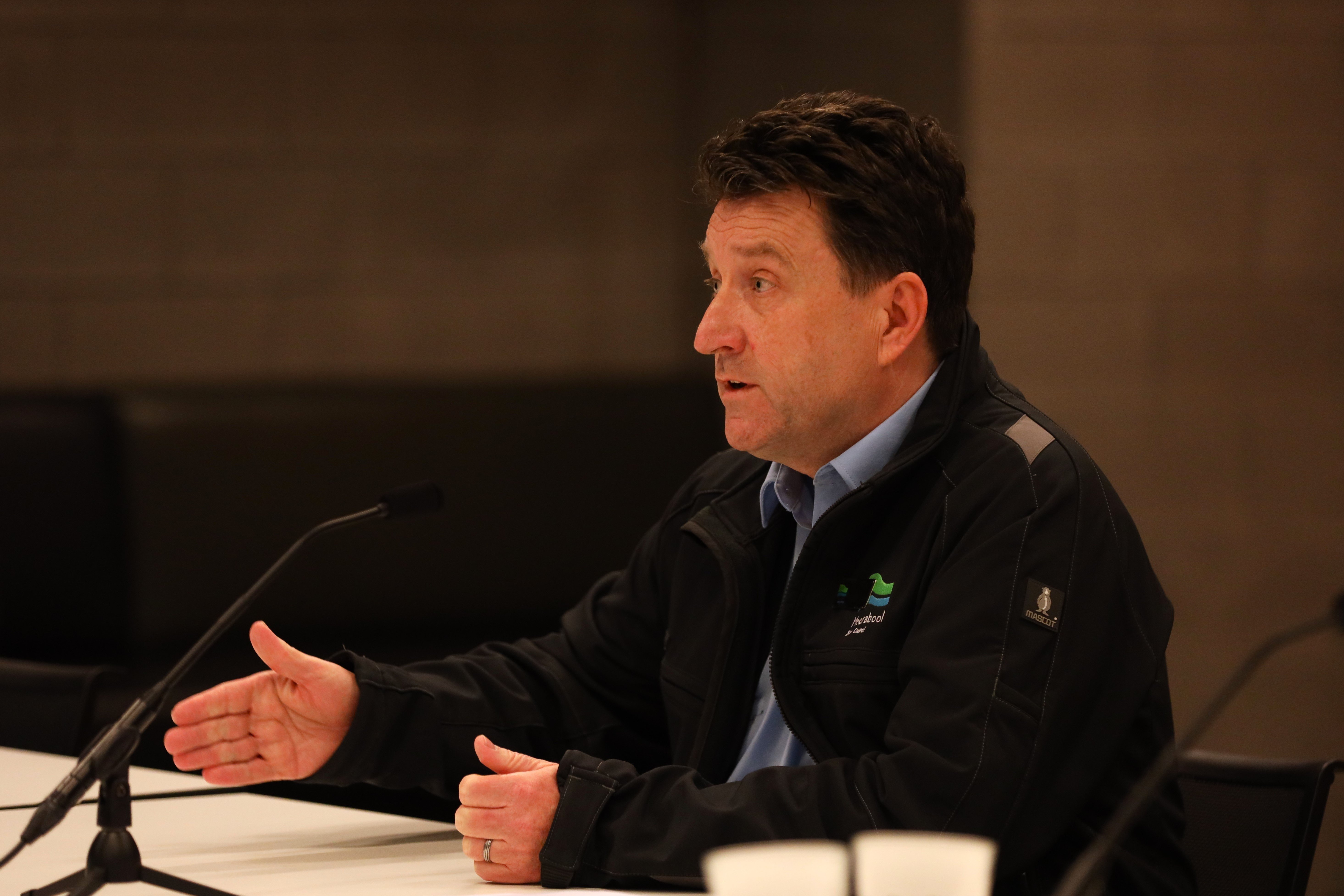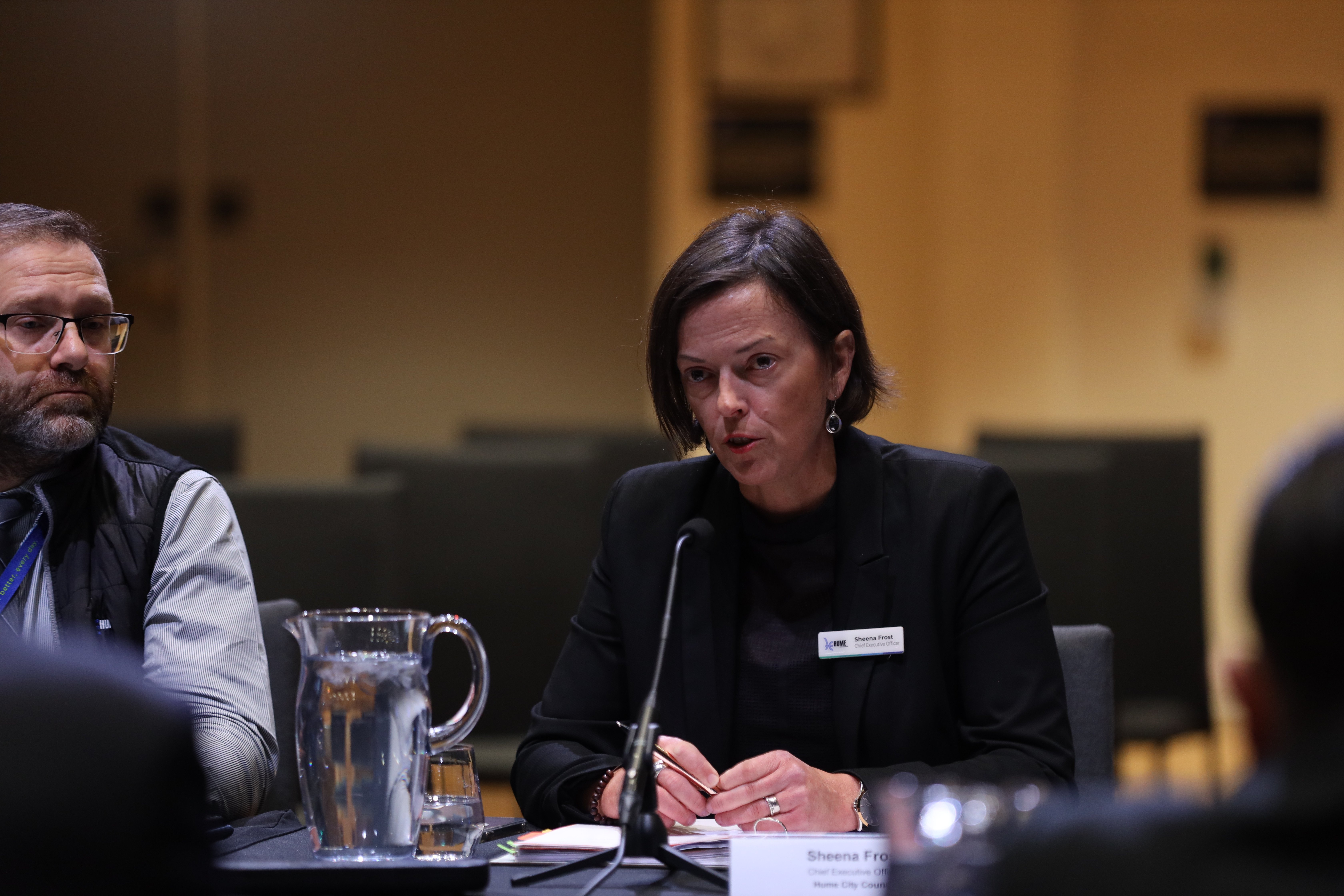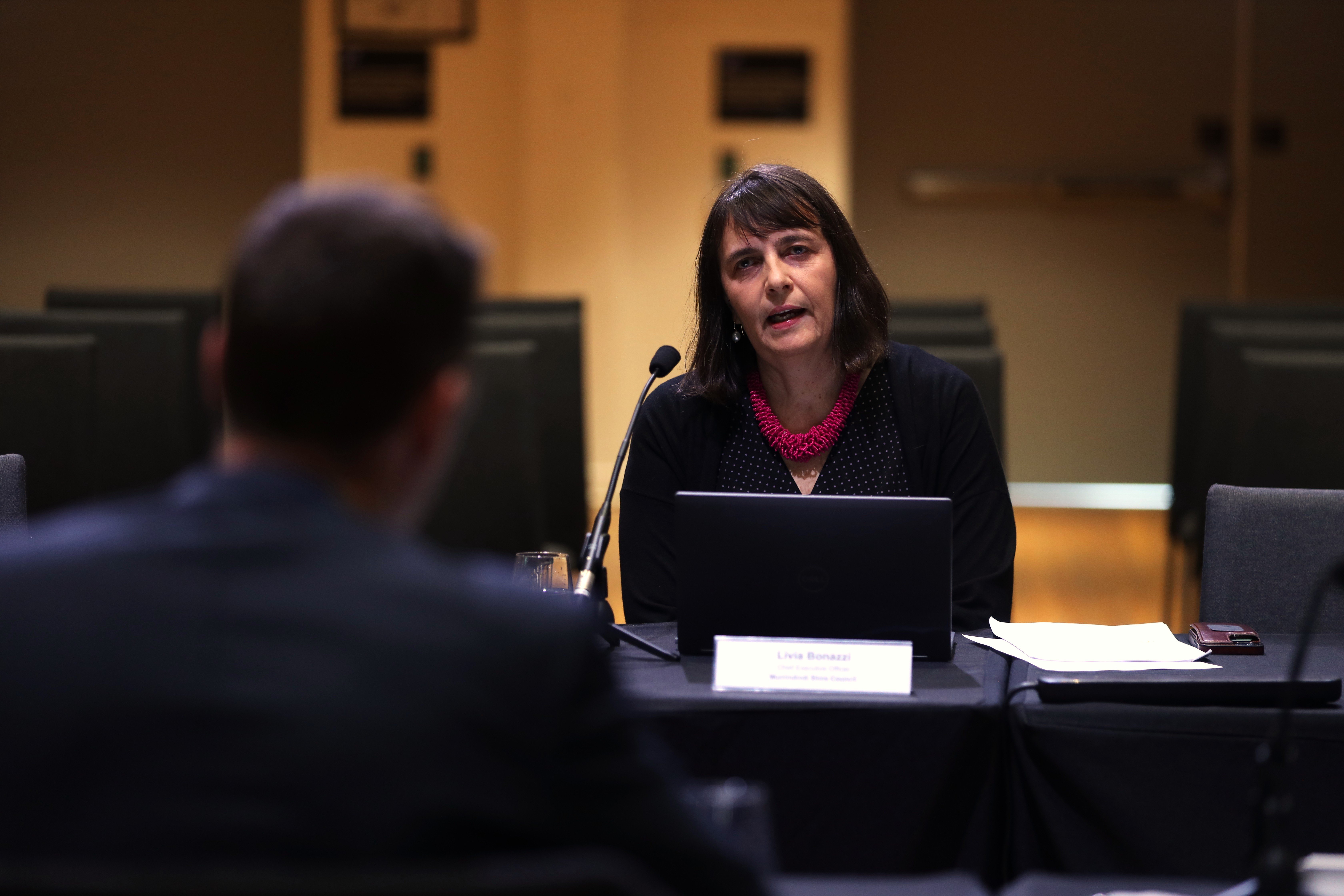Councils await report on local government
21 October 2024 Read hearing transcripts
Local governments are eagerly awaiting the findings and recommendations of an inquiry into council funding and services, which is due to report in November.
The wide-ranging probe wrapped up public hearings in early October, after listening to the contributions of 35 of Victoria’s 79 councils, including half of the state’s regional and rural municipalities.
Community and ratepayer associations, as well as local government authorities and advocates also gave evidence to the Legislative Council Economy and Infrastructure Committee.
Cost-shifting from state and federal governments, rate capping and the sustainability of current revenue structures are the prevailing concerns of local governments, however when the Committee heard from individual peri-urban councils at Broadmeadows, Frankston and Copplebank another issue emerged.
Rapid population growth in Melbourne’s outer suburbs is putting a strain on budgets and asset management.

‘Our expenses are growing at a significantly faster rate than our revenue sources,’ Brimbank City Council’s Mark Stoermer said.
‘What this does over a 10-year period when you forecast out, we start to run deficits and even when we turn that around our surpluses are very small. That has an impact on capital works.
‘Our capital work spending over that period is projected to remain constant. That's not enough to address the growing needs of a growing population and to renew our assets.’

At Cobblebank, Moorabool Shire CEO Derek Madden spoke on behalf of Peri Urban Councils Victoria, which represents a group of five councils bordering the metropolitan fringe.
‘We have rapid population growth. We have inadequate infrastructure. We have planning and policy issues,’ he said.
Mr Madden explained peri-urban councils don’t have access to funding to support population growth.
‘To give you an indication, the interface councils have gathered $1.2 billion through the Growing Suburbs Fund, which was a fund set up to help those councils through that growth phase.
‘The peri-urban councils have to accommodate, based on the latest government targets, in excess of 180,000 people until 2041 without those kinds of triggers.’
Hume City has one of the fastest growing and most diverse populations in Australia.

‘With our population increasing by an estimated 6000 each year, we're predicted to reach 335,000 by 2034,’ Council CEO Sheena Frost said at Broadmeadows.
‘We are seeking a review of the rate cap, a review of developer contribution and infrastructure contribution plan funding mechanisms, a review of the Ministerial Good Practice Guidelines, local government rates and service charges and greater access to funding from the Sustainability Fund.’
Rising costs associated with impacts of climate change and an ageing population were also raised by witnesses who appeared at the public hearing in Broadmeadows.

‘More than a quarter of our population is age 65 and above, and by 2034 that will double to 52%,’ Murrindindi Shire Council’s Livia Bonazzi said.
‘That will increase service demands.
‘We make the case for urgent changes and reforms to the way local government is funded and supported.’
Full public hearing transcripts and other information relating to the inquiry are available on the Committee’s website.